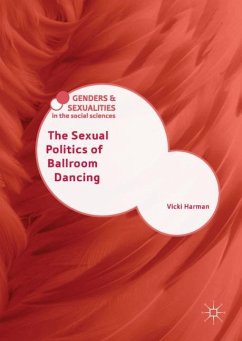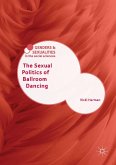This book presents an engaging sociological investigation into how gender is negotiated and performed in ballroom and Latin dancing that draws on extensive ethnographic research, as well as the author's own experience as a dancer. It explores the key factors underpinning the popularity of this leisure activity and highlights what this reveals more broadly about the nature of gender roles at the current time. The author begins with an overview of its rich social history and shifting class status, establishing the context within which contemporary masculinities and femininities in this community are explored. Real and imagined gendered traditions are examined across a range of dancer experiences that follows the trajectory of a typical learner: from finding a partner, attending lessons and forming networks, through to taking part in competitions. The analysis of these narratives creates a nuanced picture of a dance culture that is empowering, yet also highly consumerist and image-conscious; a highly ritualised set of practices that both reinstate and transgress gender roles. This innovative contribution to the feminist leisure literature will appeal to students and scholars of anthropology, dance, sport, gender, cultural and media studies.
Bitte wählen Sie Ihr Anliegen aus.
Rechnungen
Retourenschein anfordern
Bestellstatus
Storno








